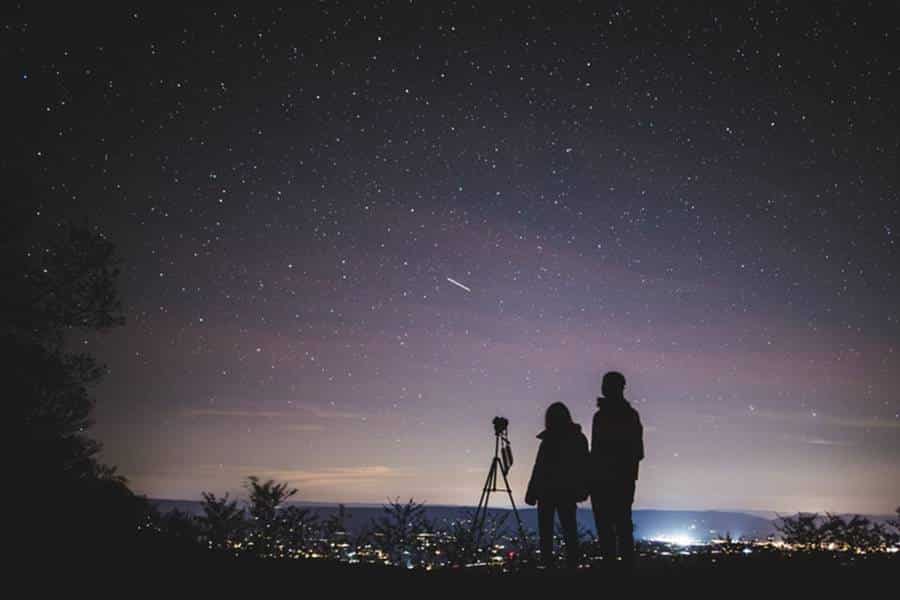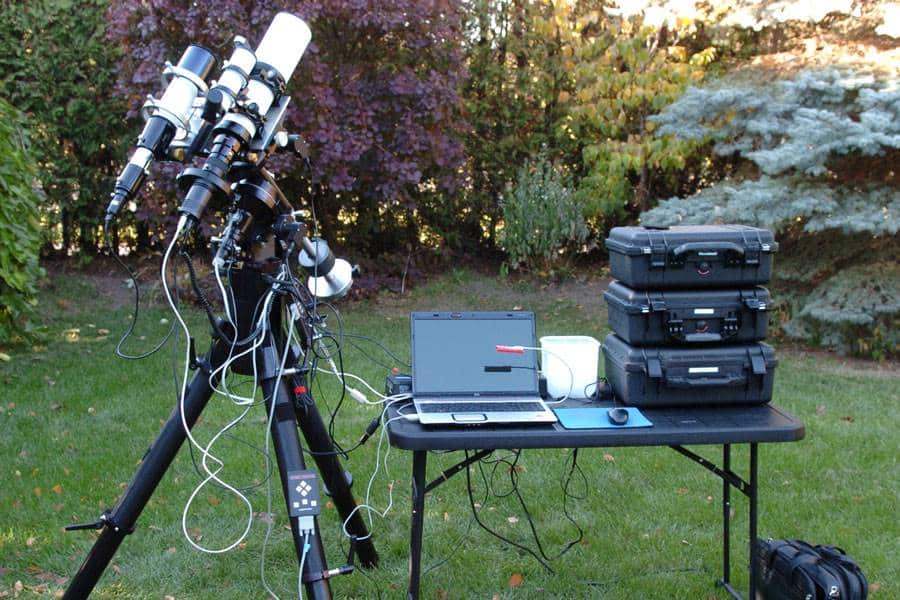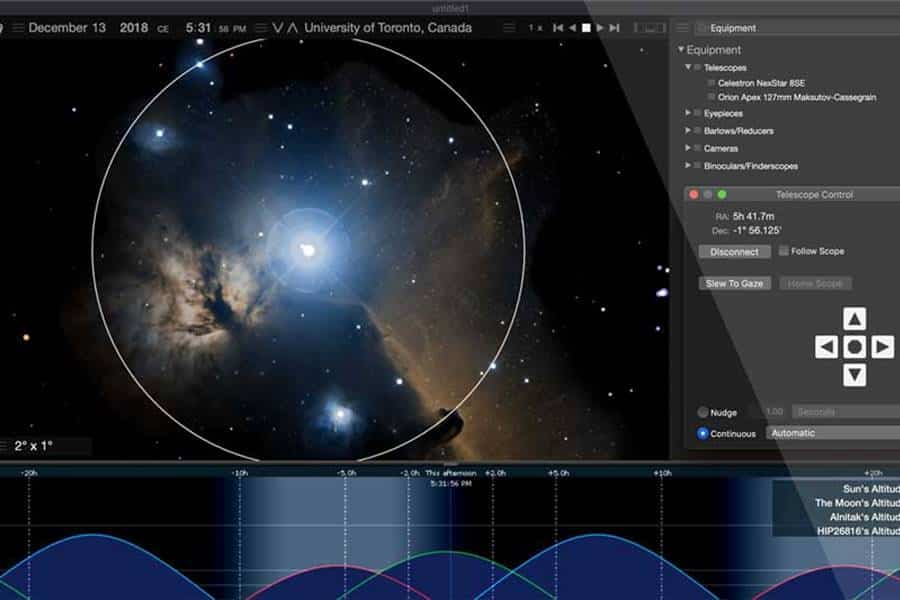Dithering is a technique used in astrophotography to improve image quality and reduce various types of noise, such as fixed pattern noise and hot pixels. It involves small, deliberate movements of the telescope or camera between consecutive exposures.
How Dithering Works?
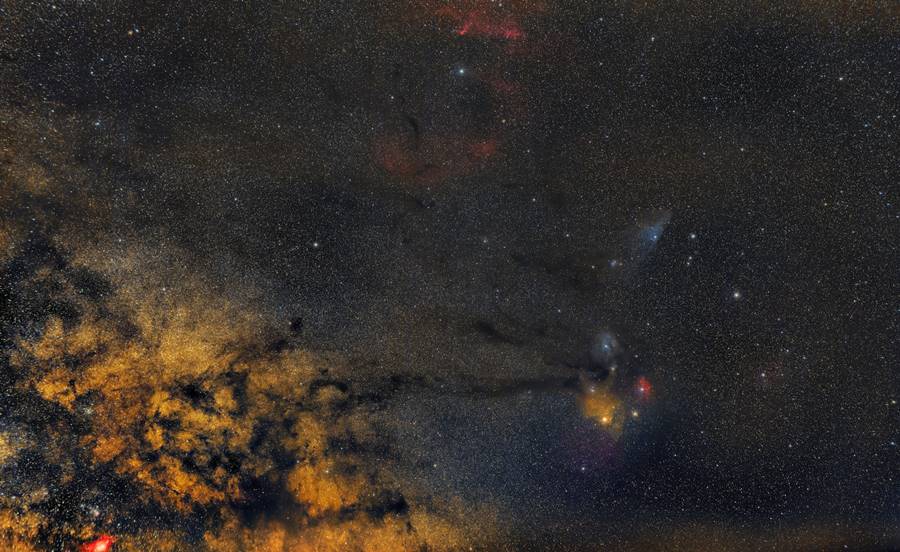
Purpose of Dithering
When capturing multiple exposures of the same subject in astrophotography, noise and imperfections can appear consistently in the same locations across each image. This fixed pattern noise, along with hot pixels, can be distracting and affect the overall quality of the final stacked image.
Dithering introduces random sub-pixel movements between exposures, causing the fixed pattern noise and hot pixels to shift their position in each image. As a result, during the stacking process, the software can identify and reject these consistent noise patterns, leaving behind cleaner and more accurate data.
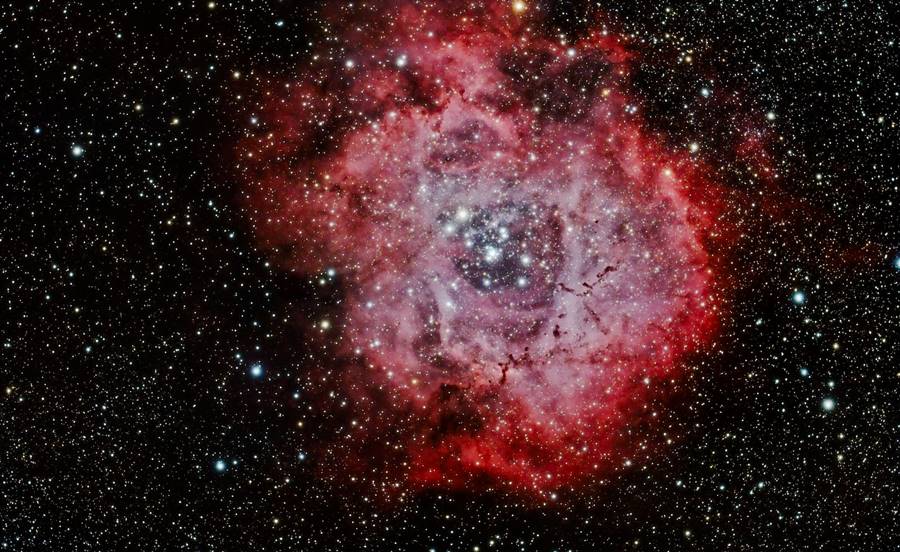
How to Dither?
Dithering can be performed in different ways depending on your equipment and software capabilities:
Software-Controlled Dithering: Some astrophotography capture software or camera control software have built-in dithering options. You can specify the dithering settings, such as distance and frequency, and the software will automatically move the mount or adjust the camera position between exposures.
Manual Dithering: If your capture software does not have built-in dithering, you can manually dither by making small adjustments to the mount or camera position between exposures. This can be done by slightly nudging the telescope or loosening and tightening the camera mount.
Dedicated Dithering Devices: There are also specialized devices available, such as dithering boxes or motorized rotators, that can be connected to your mount or camera to automate the dithering process with precise control.
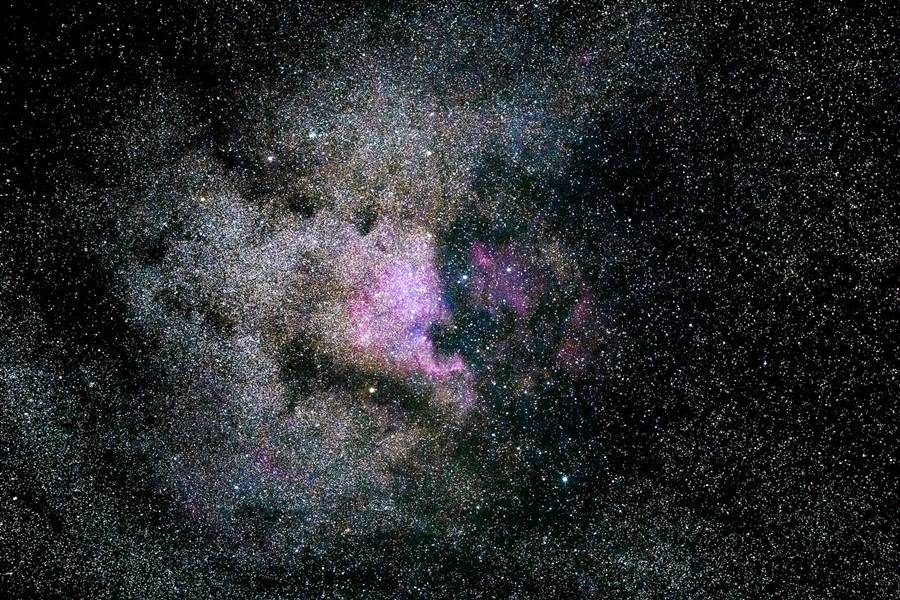
Dithering Considerations
Dithering Distance: The distance you dither depends on the pixel scale of your camera, the focal length of your telescope, and the desired effect. Typically, small sub-pixel dithers, around 1 to 5 pixels, are sufficient.
Dithering Frequency: The frequency of dithering depends on the length of your exposures and the total number of exposures you plan to capture. Dithering after each exposure or every few exposures is common practice.
Guiding Considerations: If you’re using an auto-guiding system to track celestial objects during long exposures, make sure your guiding setup can handle the dithering movements without significantly affecting tracking accuracy.
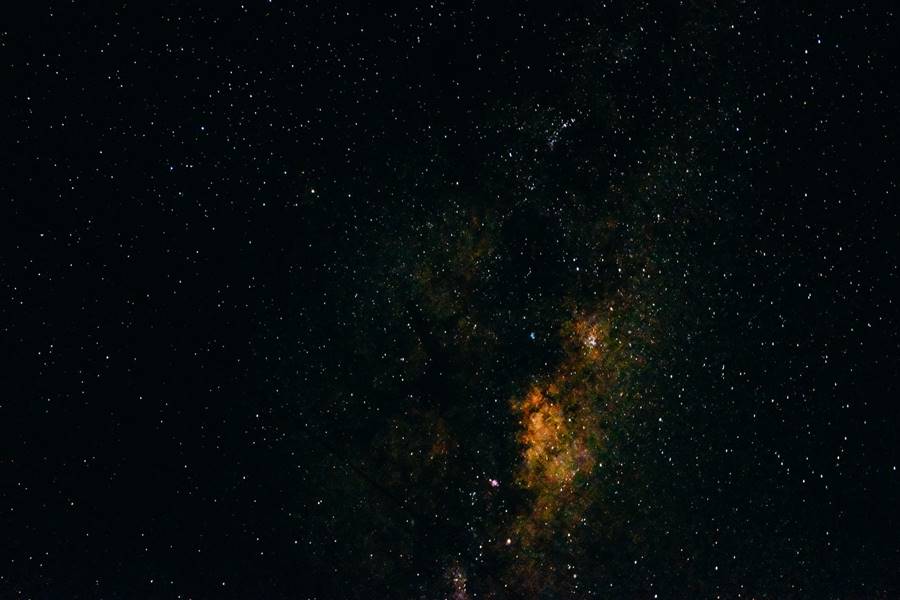
Post-Processing
After capturing dithered exposures, the images can be stacked using dedicated stacking software, as mentioned in the previous response. The stacking process will align the images, taking into account the small dithering movements, and reject the consistent noise patterns, resulting in a cleaner and more detailed final image.
Dithering is an effective technique to improve the quality of astrophotography images by mitigating noise and imperfections. It is particularly beneficial when stacking multiple exposures to reduce fixed pattern noise and hot pixels, resulting in a smoother and more visually appealing final image.
